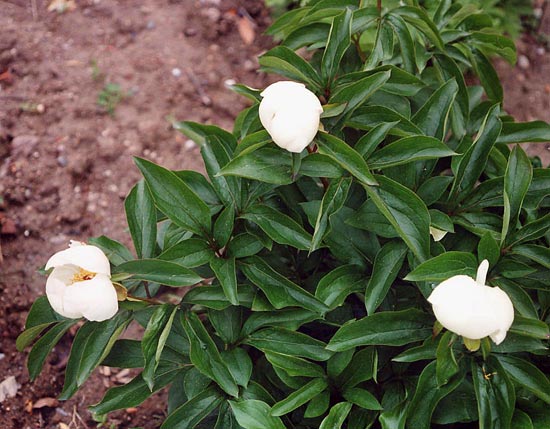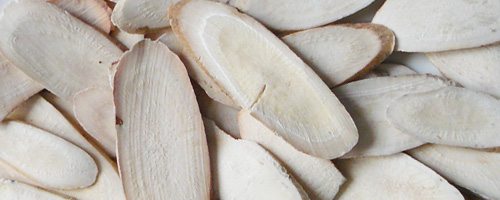[1] Barefoot Doctors Manual- Published
by Madrona Publishers Seattle Washington ISBN 0-914842-52-8
[2] A Complete English Dictionary of Medicinal Terms in Chinese Acupuncture
and Herbalism 1981- Henry Lu Chinese Foundations of Natural Health- The Academy
of Oriental Heritage, Vancouver, Canada.
[3] The Pharmaceutical Plant Company Pty Ltd
ppcherbs.com.au
[4] Potter's New Cyclopaedia of Botanical Drugs and Preparations R.C.
Wren Revised by Elizabeth M. Williamson and Fred J Evans. First published in
Great Britain in 1988 and reprinted in 1989 and 1994 by the C. W. Daniel Company
Limited. 1 Church Path, Saffron Walden Essex. Published 1988 Printed and bound
by Biddles, Guildford ISBN 085207 1973.
Images
1.
asianflora.com
2.
herbesdechine.com
3.
itmonline.org Paeonia
lactiflora. Paeonia albiflora 白 芍
Bái sháo White peony root
Family: Ranunculaceae
Paeonia
lactiflora. Paeonia albiflora 白 芍
Bái sháo White peony root
Family: Ranunculaceae
 FLAVOR: Bitter, sour
FLAVOR: Bitter, sour
